China versus India: not bring the situation to war
A few days ago, another clash on the Indian-Chinese border ended in the bloodshed and death of soldiers of both countries. These events led to a sharp deterioration in the situation, and in addition, created the risk of a larger conflict starting with almost all types of armed forces. Beijing and New Delhi are now doing everything possible to resolve the situation, but at the same time preparations are underway for defense in the event of a new deterioration in the situation.
Big opponents
As you know, more than 35% of the world's population lives in China and India. Such human resources allowed the PRC to build an army of more than 2 million people; in India serve approx. 1,4 million. Two countries are among the five world leaders in terms of economy. SIPRI also includes them in the "top 5" in defense spending. The Global Firepower rating, which assesses military potential, placed China and India in 3rd and 4th places this year, respectively.
The PRC and the Republic of India have developed armed forces, which include all the main components, including strategic nuclear forces. Outstanding quantitative indicators are ensured due to the systematic and continuous development, and qualitative ones are followed by them. In addition, both countries have a fairly developed defense industry. They are able to produce at least part of the necessary products - their own development or under license. At the same time, a significant dependence on imports remains.
The two states are divided by the so-called The actual control line is 4057 km long, divided into three main sections. Part of this line runs through the disputed territories, but the agreements of the past years allowed for the relatively peaceful coexistence of the two countries. However, skirmishes regularly take place, the last of which led to unexpected losses.
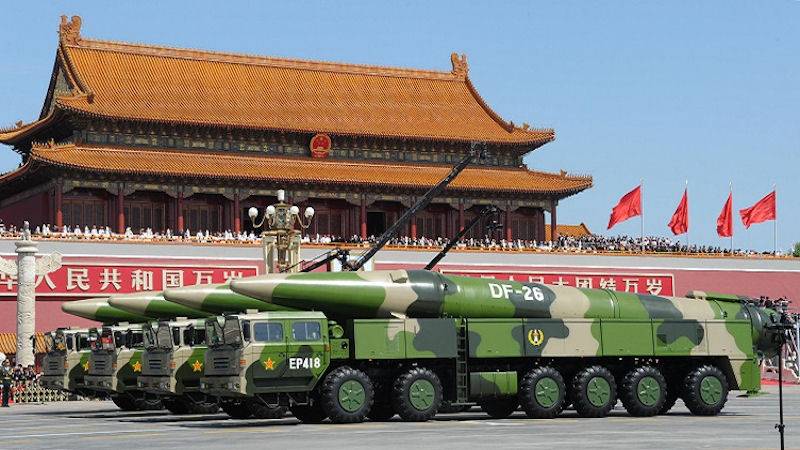
It should be noted that the border of India and China passes in the mountainous regions, incl. in remote areas of the Himalayas. This imposes certain limitations on the planning and execution of military operations. So, many formations and associations of the two armies cannot work effectively in the mountains. Because of this, the two armies have to form and prepare specialized mountain units, as well as equip them with special equipment and weapons.
In addition, it is obvious that hypothetical clashes will do without the participation of naval forces as far removed from the theater of operations. To attract the Navy, a full-scale war is needed, in which the enemy’s bases and coastal targets will become the target.
Nuclear issue
China and India have long been part of the "nuclear club" and have multicomponent strategic nuclear forces. There are some limitations of a quantitative or qualitative nature, however, in general, the capabilities of such forces are sufficient to defeat targets on the territory of an unfriendly neighbor, including at strategic depth.
However, the use of nuclear weapons in a hypothetical border conflict is unlikely. Beijing and New Delhi declare a policy of giving up the first strike, but reserve the right to respond to attacks. This dramatically reduces the possibility of a negative scenario in which skirmishes at the border develop into a full-fledged nuclear missile conflict.
Army in the mountains
In a hypothetical war, the main combat work will fall on the formation of ground forces adapted to operations in the Himalayas. Both countries are taking measures to develop the possibilities of war in the mountains, however, only India has sufficient experience in such operations.
A number of corps and divisions of the Indian army are adapted for work in mountainous areas and should ensure security on the Line of actual control. In addition to them, in 2013 they formed the 17th Army Corps - the first specialized strike force to counter China in the Himalayas. The corps is designed to control the entire border. It includes two land divisions, two separate infantry and tank brigades, etc. The 17th Corps is seen as a rapid reaction force in the event of new problems on the Sino-Indian border.
In terms of equipment, the mountain units of India are slightly different from the "flat". They are armed with the same samples of small arms, armored vehicles, artillery, etc., however, preference is given to lighter systems suitable for normal operation in the mountains. At the same time, a substantial part of the material part does not differ in novelty.
The Southern and Western military districts of the PRC, bordering India, have several brigades and regiments adapted to operate in the mountains. In recent years, special attention has been paid to their development. In particular, taking into account the special requirements, new models of armored vehicles and self-propelled artillery are being created. Products from mortars to howitzers, medium-sized “mountain” tanks, etc., were put into service.
There is reason to believe that the PLA is superior to the Indian forces in the disputed regions in terms of material part, its quantity and quality. However, India has the advantage of a great experience in mountain fighting with a sufficiently developed enemy in the person of Pakistan. On a complex theater, any factor can become decisive, both equipment and experience.
Fights in the air
In the context of a hypothetical conflict between the PRC and the Republic of India, the confrontation between the air forces of the two countries is of great interest. It is known that both countries began to pull down strike and fighter at border airfields Aviation, and in the event of the outbreak of war, it will become one of its main participants.
The basis of Indian tactical aviation is the Su-30MKI fighters of Russian and local production. There are also other types of aircraft, both modern and outdated. The operation of combat aircraft should be provided by a few AWACS, reconnaissance aircraft, tankers, etc. Dozens of Mi-24 and AH-64 attack helicopters are in service, but their combat value in the mountains may be limited.
The PLA air forces are distinguished by a greater total number, and at the same time, a large number of types of equipment. The most popular in tactical aviation are the Su-27 family fighters - Russian and licensed aircraft, as well as local development and modernization options. Unlike India, China already supplies 5th generation Chengdu J-20 fighters to its troops, although their numbers are still not very large. There is also a developed fleet of AWACS aircraft, reconnaissance, refueling, etc. Army aviation has a significant number of attack helicopters of various types.
The Chinese Air Force has an advantage in numbers, and in some cases as an equipment. However, Indian air bases are located closer to the potential theater of operations, which simplifies the planning and conduct of hostilities. What is more important, the distance or the amount of equipment is a big question.
The possible confrontation between Chinese and Indian aviation is of great interest because of the specifics of their equipment. In some cases, we can talk about battles between Russian-designed aircraft and their copies / revised versions. Fights of this kind can demonstrate the potential of modern fighters, as well as show the role of the pilot, contours of command and control, etc.
Likely scenario
The subject of controversy and the reason for regular clashes are rather large sections of the Himalayas, which so far have not been able to be completely divided between the two countries. They should be the main theater of action for a hypothetical conflict. Fighting beyond limited mountainous areas is unlikely. At the same time, the specificity of the terrain allows us to accurately predict the course of battles.
The most likely scenario involves a clash of ground forces, border guards and other structures - with minimal involvement of army aviation or the air force. Features of the mountain theater of war will not allow the rapid deployment of large groups, which will complicate the escalation of the conflict. He will not be able to move to new stages, enter other territories or reach the use of all the combat arms, up to the strategic nuclear forces.
It is important that such a development of events is disadvantageous to both parties. The benefits of the conflict do not justify the possible risks and losses. Recent events confirm that China and India, despite differences and a strategic confrontation, do not want to escalate, although they are preparing to repel possible aggression.
Given the position of the two countries and their attitude towards an open confrontation, it can be expected that in the near future the lines of actual control will restore order and the troops disperse without fighting. Thus, the recent skirmish with the dead and wounded will remain an isolated case, unique to the entire observed situation.
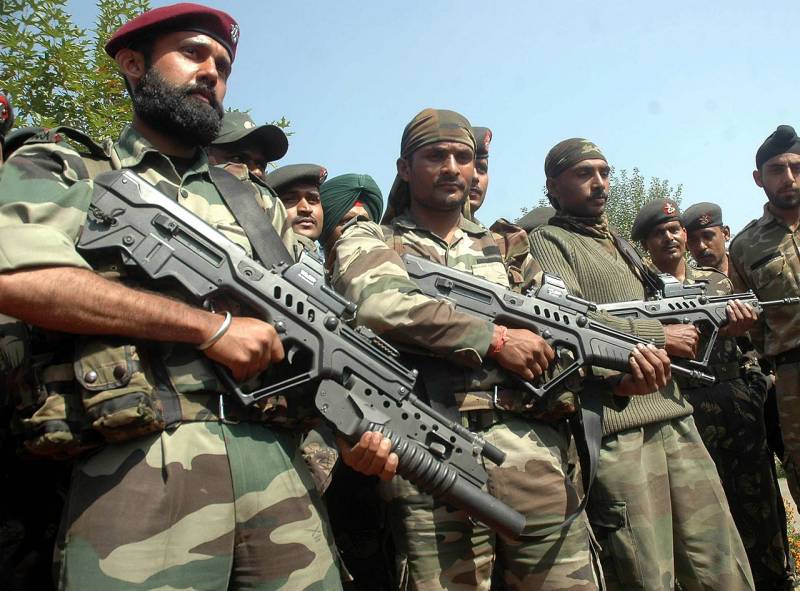
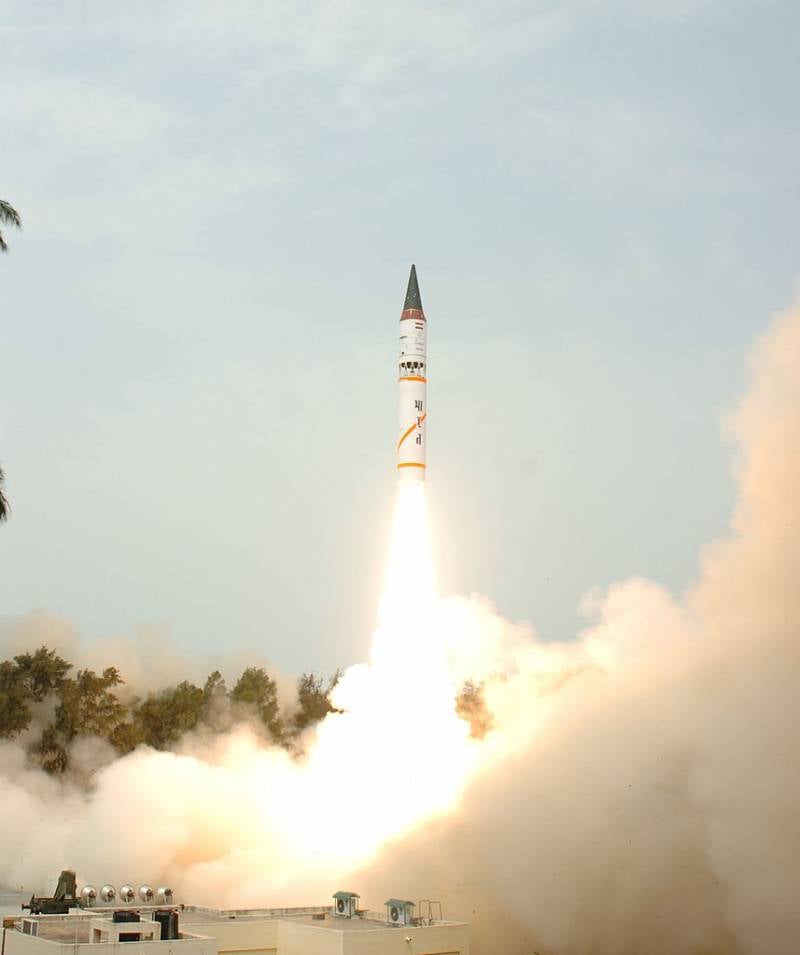
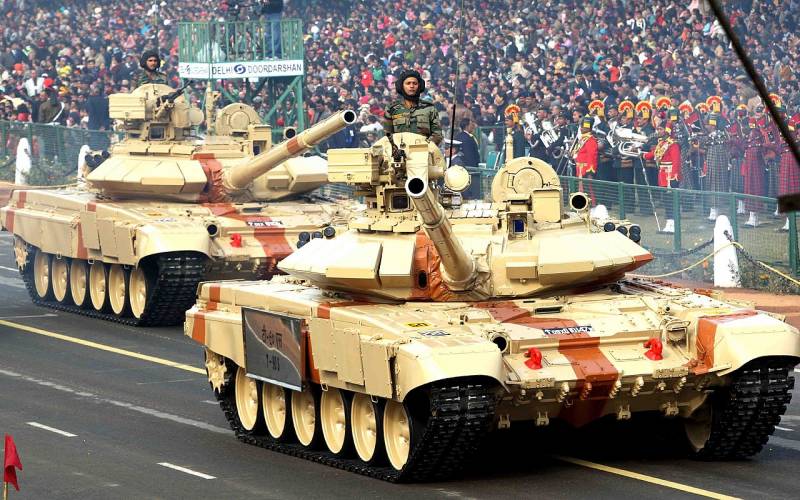
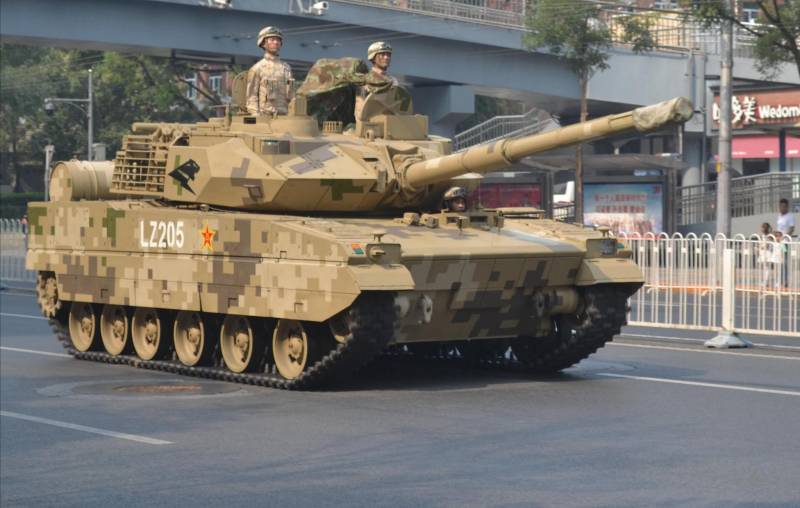
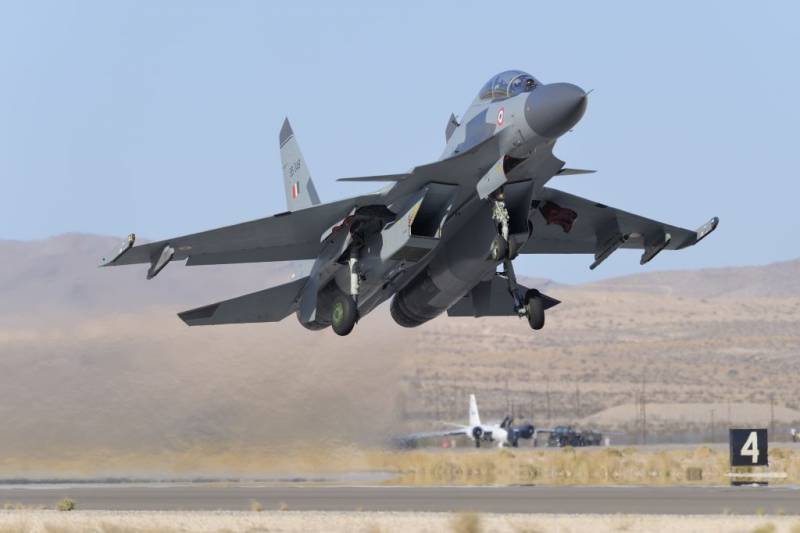
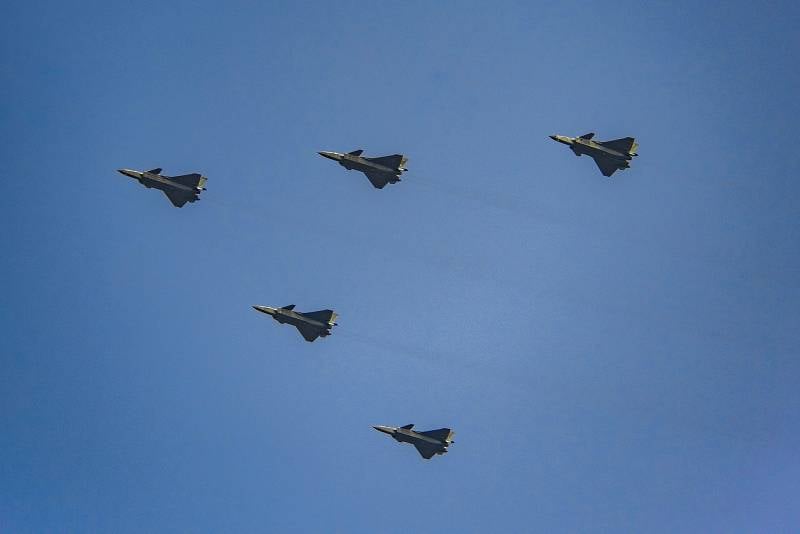
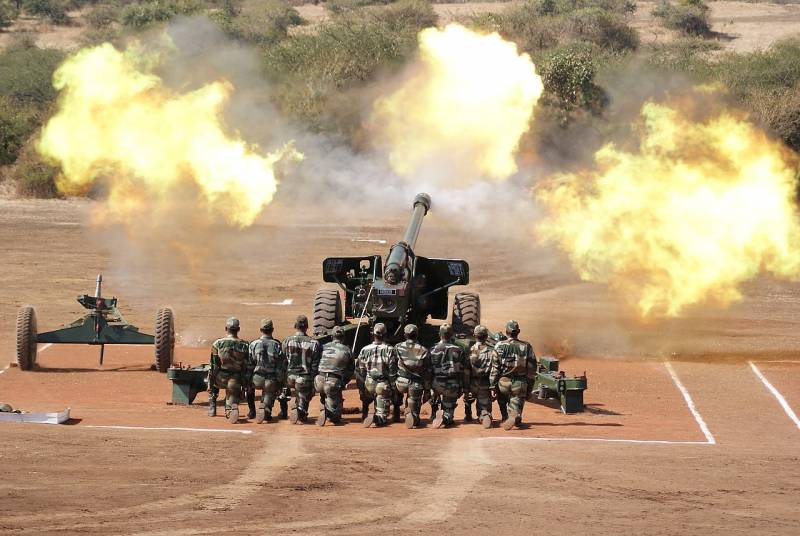
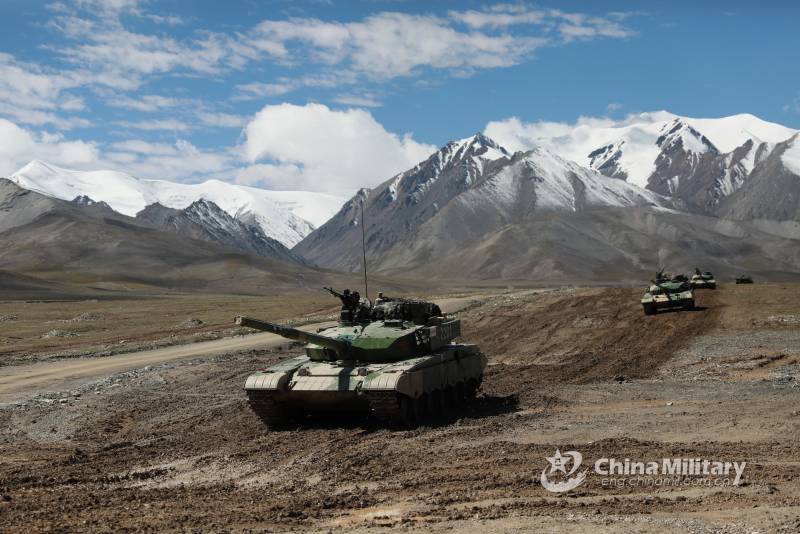
Information